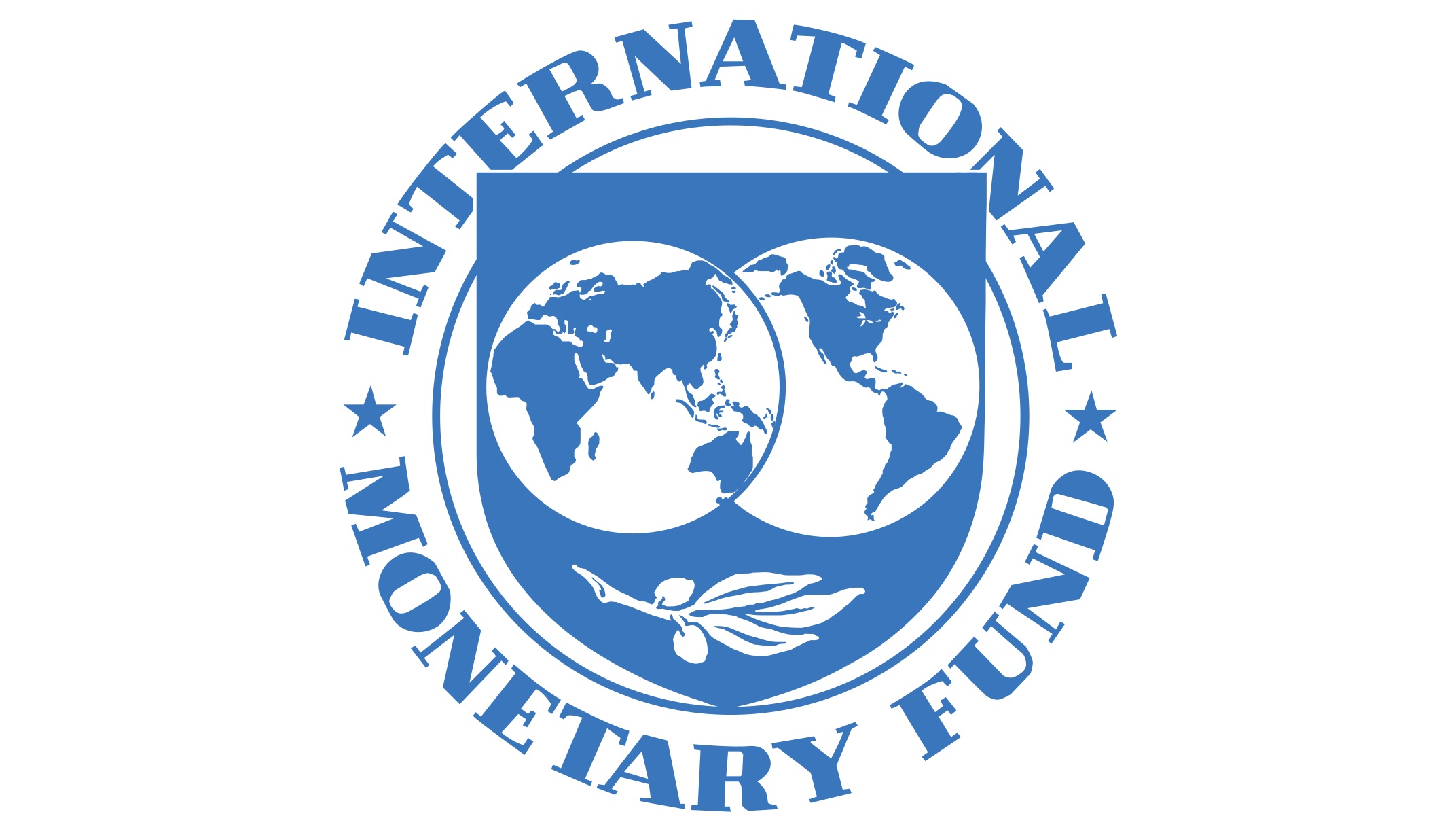Anchor Borrowers’ Programme: Between willing lender and reluctant debtors
In a recently released Selected Issues paper on Nigeria, the International Monetary Fund (IMF) said that only 24 per cent of loans under the Anchor Borrowers’ Programme (ABP) of the Central Bank of Nigeria had been repaid. IMF said the challenge of targeting the right recipients for credit had failed to make agricultural credit in […]

International Monetary Fund IMF
In a recently released Selected Issues paper on Nigeria, the International Monetary Fund (IMF) said that only 24 per cent of loans under the Anchor Borrowers’ Programme (ABP) of the Central Bank of Nigeria had been repaid.
IMF said the challenge of targeting the right recipients for credit had failed to make agricultural credit in Nigeria significantly boost production.
“The weak effect of agricultural credit on production growth could be associated with difficulties in targeting the correct recipients.
“Part of the problem is that the incentive structure for repayment is weak, the recipient loans are not always well targeted and occasionally the funding is used for other purchases,” IMF said.
Osinbajo launches $600m programme for young Nigerians
Man spends 12 months in prison over uncle’s stolen plantain
The CBN has come out to refute IMF’s claim, saying N503 billion of loans under the programme has been repaid.
According to the apex bank, that amount translates to 52.39 per cent of the total loans collected by farmers under the ABP.
Interestingly, the All Farmers’ Association of Nigeria (AFAN) seemed to tilt towards the IMF when, in December 2022, it said the CBN was having difficulties recovering the loans because most beneficiaries of the ABP were not Nigerian farmers.
In 2016, the CBN Governor, Godwin Emefiele, told The Banker, a Financial Times publication, that he wanted to use the apex bank’s core mandate as a springboard for achieving economic growth.
Emefiele said the bank was embarking on various sector-based credit enhancement programmes to boost the Nigerian economy and reduce its reliance on crude oil revenue.
The Anchor Borrowers’ Programme, a brainchild of the Central Bank of Nigeria (CBN), is a single-digit loan intervention scheme. Its main purpose is to boost the agriculture sector of the economy.
The ABP became the CBN’s flagship credit enhancement programme when it was flagged off in Kebbi State in 2016 with rice production as its focal crop.
The programme was designed as a collaboration between the CBN and anchor companies which produce and process key agricultural commodities by bringing anchor firm off-takers and out-growers who are involved in production together.
In addition to other targets highlighted earlier, ABP aims to increase banks’ financing of the agricultural sector.
During the 2018 farming season, the CBN included new commodities to the ABP, including cattle fattening and the cultivation and processing of cocoa, ginger, oil palm, castor seed, tomato and sesame.
By the end of 2018, over N170 billion had been disbursed under the programme through participating financial institutions to benefit close to one million farmers, who worked with over 190 anchor companies.
According to statistics released by the Development Finance Department of the CBN, the ABP created over two million direct employments, in addition to well over eight million indirect jobs, in its first few years.
AbdulMumin Isa, CBN’s acting director of corporate communications, said recently that the ABP had “contributed significantly to the increased national output of focal commodities”.
He also said maize and rice production peaked at 12.2 million and 9.0 million metric tons in 2021 and 2022 respectively.
“The programme has also helped to improve the national average yield per hectare of the commodities, with productivity per hectare almost doubling within eight years”, he said.
Isa said the IMF, in its document, might not have taken into account the tenure of loans under the ABP which was based on the commodity gestation period.
“For instance, loans granted to farmers cultivating some perennial crops could have up to a seven-year tenure,” he said.
However, some stakeholders wonder why, last year, the apex bank threatened to deploy the Global Standing Instruction (GSI) against loan defaulters under the ABP to ensure repayments if it was pleased with its performance.
GSI is an instruction executed against a borrower being an account holder in a participating financial institution authorising the recovery of an amount specified by the creditor from any/all accounts maintained by the account holder across all participating financial institutions.
The CBN said activating GSI became necessary in order to compel defaulting farmers in the ABP offset their debts after they had ignored repeated appeals to do so.
It is common knowledge that in previous credit enhancement programmes, especially social interventions and agricultural credit guarantee schemes such as the ABP, there are perennial impediments which pose a challenge to their success.
Experts say in most cases, beneficiaries see such programmes as an opportunity to have their slice of the national cake by refusing to repay loans.
Also, poor coordination, inadequate due diligence and the adoption of a top-down approach to the distribution of such schemes often constitute a recipe for long-term failure.
The Punch quoted the National Secretary of AFAN, Yunusa Yabwa, to have said that the CBN was finding it difficult to recover loans under the ABP because beneficiaries were not captured in the database of the association.
“That is why you see today that the CBN, NIRSAL, commercial banks, who were the channels for the distribution of this fund, are complaining that these beneficiaries are not repaying the loans,” he said.
Whether it is the IMF’s 24 per cent or the CBN’s 52.39 per cent, the fact remains that there are beneficiaries of the programme who have refused to repay their loans.
For the ABP to be deemed successful, such loans need to be recovered so that other farmers can benefit from the scheme. That’s the first measure of success for any credit enhancement programme. (NANFeatures)
